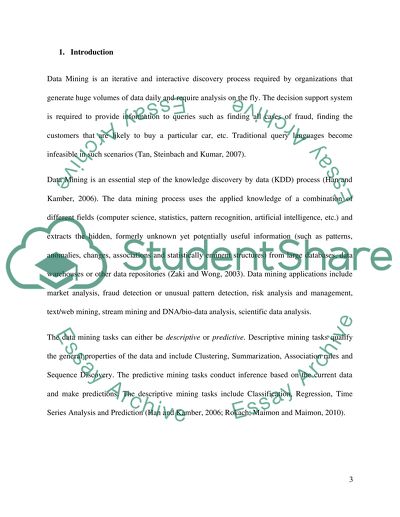Cite this document
(“Data Mining Techniques and DNA/bio-data analysis Essay”, n.d.)
Data Mining Techniques and DNA/bio-data analysis Essay. Retrieved from https://studentshare.org/information-technology/1402280-data-mining
Data Mining Techniques and DNA/bio-data analysis Essay. Retrieved from https://studentshare.org/information-technology/1402280-data-mining
(Data Mining Techniques and DNA/Bio-Data Analysis Essay)
Data Mining Techniques and DNA/Bio-Data Analysis Essay. https://studentshare.org/information-technology/1402280-data-mining.
Data Mining Techniques and DNA/Bio-Data Analysis Essay. https://studentshare.org/information-technology/1402280-data-mining.
“Data Mining Techniques and DNA/Bio-Data Analysis Essay”, n.d. https://studentshare.org/information-technology/1402280-data-mining.


